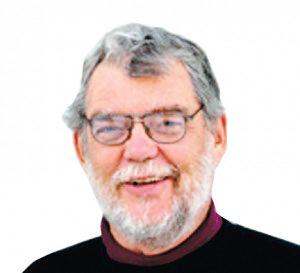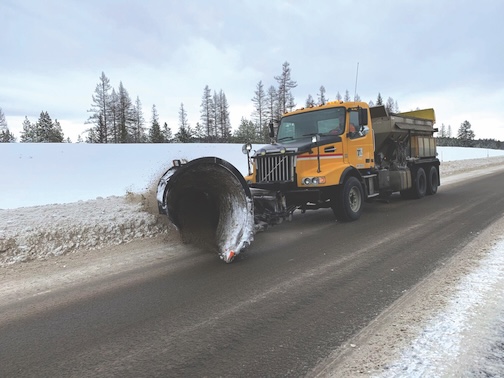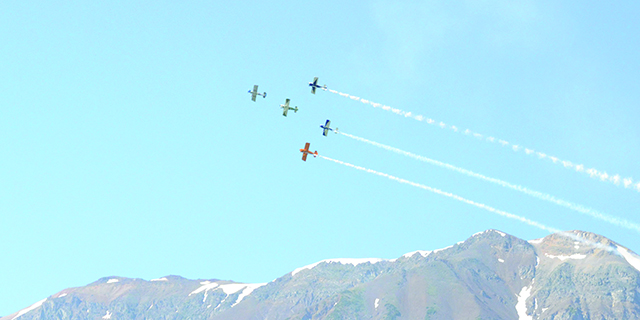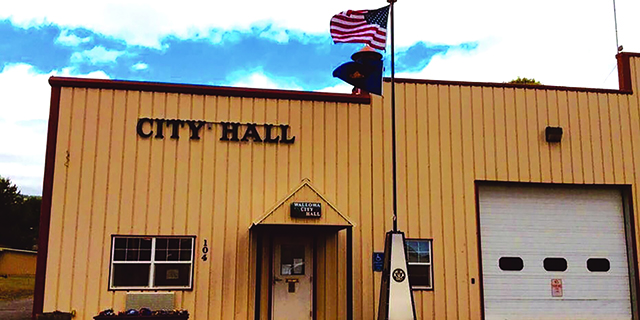MAIN STREET: Living in a bubble of relative ease
Published 5:00 pm Tuesday, June 17, 2014

- Wandschneider_mug
A friend of mine, who is by nature prone to see the darker side of things, said the other day that he felt that his life hes close to my age, past 70 had been lived in a bubble of relative ease. The words came to mind again and again this week as we guided people through the Remembering World War II exhibit at the Josephy Center.
American men who graduated from high school in 1941, 42, 43, and 44 had recruitment and a war waiting for them. The front pages of the Wallowa County Chieftain chronicled the inductions weekly: five from the county, 10 local boys, and, sometime in 1943, 42 the largest one-week contingent headed to induction centers and then to training camps and war.
Trending
For many, the journey was mostly adventure on sea and in foreign countries, but for others it was hell. It was cold and wet, hot and dirty, gunfire and bombs, grenades and shrapnel, kill and be killed, and, probably most distressingly, seeing the friend next to you killed or coming on starving children, beaten civilians, and the emaciated inmates of Nazi concentration camps and Japanese occupation.
We took a chance with Joseph High School juniors after telling the story of Jack McClaran graduating from high school in Lewiston in 1944 and finding himself, a few months later, trudging across Europe in a tank. And coming on the concentration camp at Buchenwald. We showed the students, just a year behind where Jack was 70 years ago, a three-minute documentary on the liberation of Buchenwald. This is what 19-year-old Jack McClaran saw and carried with him for almost 70 years, we said.
An exchange student in the class had a grandmother who survived the Allied bombing of Dresden, and there is a picture of student Lindsay Kemps late grandfather by his plane. He was a nose-gunner who made 30 missions in that plastic bubble, staring down German Messerschmitts, taking fire and shrapnel. His, we told the students, is a miracle of survival.
Josephy Center namesake Alvin walked ashore at Guam with a microphone, and a two-minute excerpt from a long recording captures the machine gun fire but cant show the bodies that he passed and the rubber boats his fellow Marines used to tow the injured to shore. Over 20 of the 36 on board his landing craft were hit.
It goes on. On Friday Van Blaricom brought in his Purple Heart and stories from the Pacific, and Biden Tippett chatted with Van with his own old Navy uniform hung on the wall behind him. Agnes Roberts brought her late husband Ivans Purple Heart and his stories, and Judy Bothum hung pictures and stories of her father, Gayle Stockdale, traveling in a tank with Pattons troops. Myrna Downing recalled her husband Rosss war-time experiences the few he would talk about and talked about the touch of the war on Enterprise when she was young.
For 16 million early 1940s American high school graduates (and some who left early to enlist), and for the parents, wives, siblings, and girlfriends left behind, war was the normal. Almost a half a million Americans were killed, and 600,000 wounded. Worldwide, over 70 million troops and civilians died during that conflict!
Trending
At the Rotary meeting last week we heard from veterans who graduated in 1945, ready to go to war, but spared it by wars end. A few years later it was Korea, and then Vietnam. In each case men dodged the bullet or did not based on a birth year and date. With Vietnam, the almost absurd addition of a lottery birth dates were drawn by chance on national television! determined which side of the life-and-death bubble one landed.
We now have an all-volunteer military, so harms way seems more a choice. But, maybe, for some, trading the war zone of inner-city Chicago for combat seems a good choice. And of course harms way is not a choice for millions who happen to have been born in Syria or Iraq, Afghanistan or the Congo.
There was a time when people and their plights in such faraway places were known remotely or not at all by Americans. They entered our consciousness as the residents of remote Pacific Islands did in WWII, with news and personal reports of battles and James Micheners novel.
Today we see the world intimately and in real time. And for those of us living in Wallowa County who had the good sense to be born here or in some other peaceful place between wars, and not in Rwanda or Cambodia or the Chicago projects, it is a bubble of relative ease.
Main Street columnist Rich Wandschneider directs the Alvin M. and Betty Josephy Library of Western History and Culture housed at the Josephy Center for Arts and Culture, located in Joseph.









